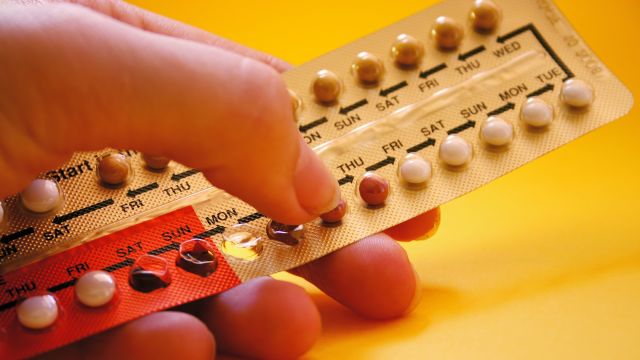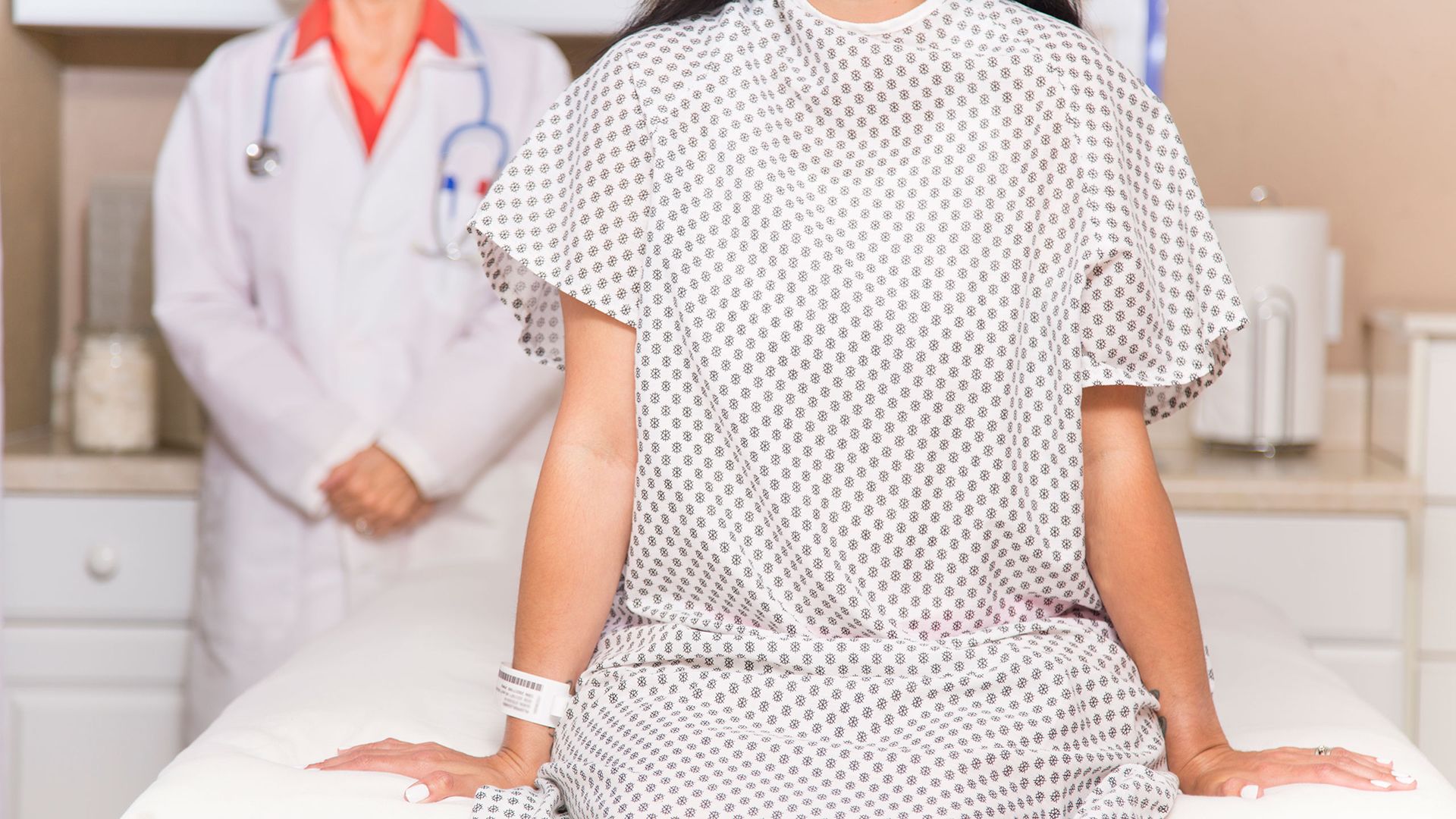Although endometriosis is relatively common—believed to affect approximately 1 in 10 women of reproductive age, by some estimates—it is not well understood. The condition occurs when tissue that is similar to the tissue that lines the womb (called endometrium) grows outside the womb (called endometriosis). Endometriosis can attach and implant on the outer surface of the uterus, on the ovaries and fallopian tubes, and in rare cases, in areas of the body outside the pelvic region. The condition is often painful, and is sometimes associated with fertility problems.
Healthcare researchers do not know what causes endometriosis or why some people have endometriosis and others do not. Though awareness about endometriosis has improved, endometriosis is believed to be under-diagnosed and misdiagnosed, and the literature around the condition is filled with stories of women who have suffered with painful symptoms for years before receiving an accurate diagnosis.
There is no known cure for endometriosis, but there are treatments that can help reduce symptoms, slow disease progression, and prevent complications.
Surgery
If exams and imaging tests find a large growth or mass, healthcare providers may recommend a surgical biopsy. This is both a diagnostic tool and a treatment for endometriosis.
During this procedure, the abnormal growth will be surgically removed and then examined in a lab to confirm that it is endometriosis. This is considered the only definitive way to diagnose endometriosis.
The procedure may be done with laparoscopic surgery (with small incisions and a camera) to remove the growth, or in some cases surgery to remove organs that are affected by endometriosis. They type of surgery will depend on a number of factors, including the location and size of the growths. Endometriosis can return after surgery, so hormonal treatment is often prescribed as well.
Hormonal contraceptives
Hormonal contraceptives are a commonly prescribed treatment for endometriosis. These birth control medications include pills, injections, patches, vaginal rings, and intrauterine devices that release the hormone progestin. These methods work by regulating hormone levels, which in addition to preventing pregnancy, help control menstrual bleeding and pain. Women who are taking hormonal contraceptives to treat endometriosis often take them continuously for 3 or more months at a time, skipping menstruation.
Other hormonal drugs
In addition to hormonal contraceptives, other hormone-regulating medications may be prescribed. These medications may help reduce pain and halt the growth of endometriosis.
Pain medication
Non-steroidal anti-inflammatory drugs (NSAIDs) are pain-relieving medications that are sometimes prescribed to reduce pain during menstruation. Many varieties of NSAIDs are available over-the-counter, while higher-dose NSAIDs are available by prescription through a healthcare provider. While these drugs can help reduce pain, they do not halt, shrink, or prevent the growth of endometriosis.






